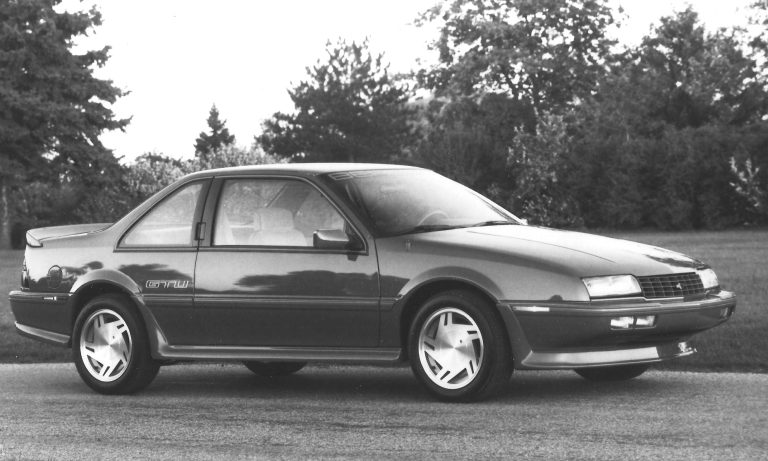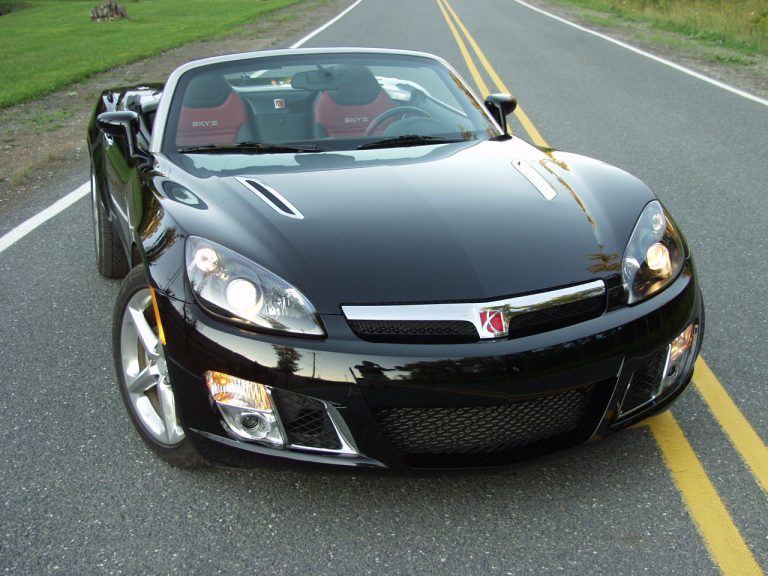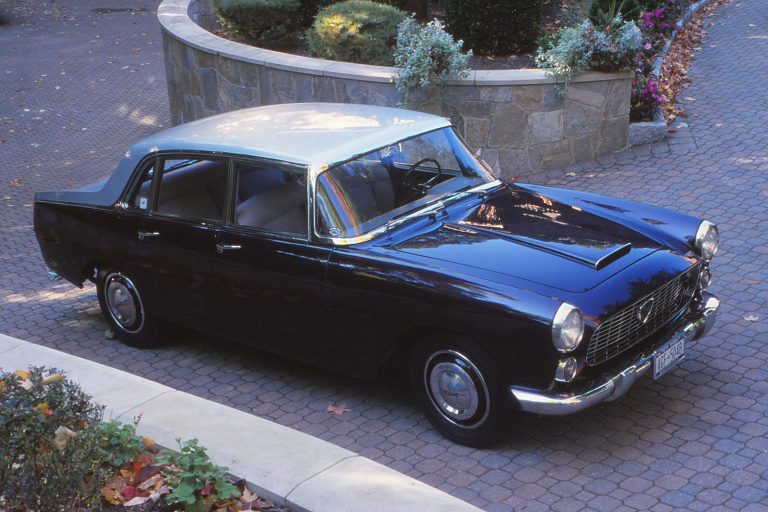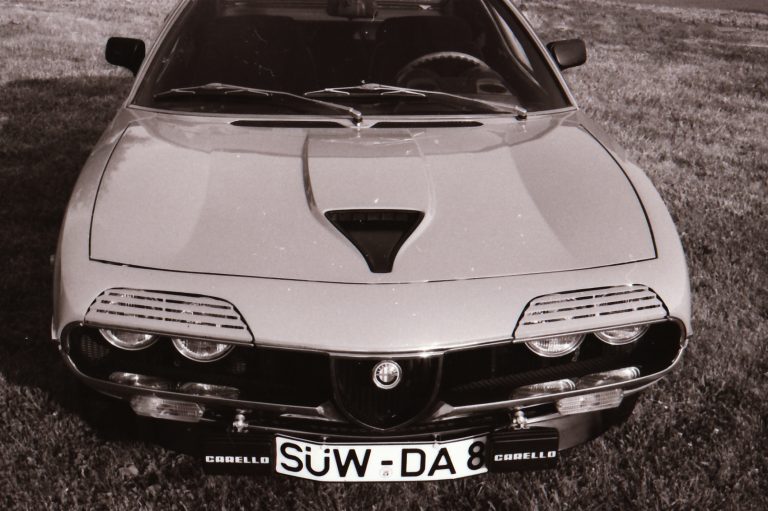Originally published in AutoWeek February 3, 1986
If this were 1967 and you were able to ask Ed Cole, then general manager of General Motors, for the hottest, meanest street-drivable automobile in the GM fleet, he would have suggested this, the 1967 Chevrolet Corvette with Regular Production Option L89.
We know, because someone is reputed to have done just that. A friend asked Cole for such advice and was told, “Get the L89.”
Or something like that, because a Mr. Ed Pohl’s car, ordered through Cole, arrived unheralded at Frank Diver Chevrolet in Wilmington, Delaware, but with more special handing instructions than anyone at the dealership could remember. It also had a rather memorable price tag: The bottom line came to about $6,500, which in 1967 was in Cobra or XKE territory.
It had the typical luxo-options, and performance options like special wheels ($800 a set), Posi-traction 3.35 rear end, side exhaust, F41 springs (only $36). And a Turbojet 435 engine, the Cast Iron Fertility Goddess of Torque—427cu in of horsepower, Regular Production Option L71.
And Regular Production Option L89.
Now RPO L89 wasn’t the most popular option. In fact, it was one of 1967’s most seldom chosen. What one got for selecting it was first, a requirement to buy the three-carb, solid lifter 427/435 L71 package, and second, the aluminum closed chamber head from the fabled L88 racer-for-the-street engine. (The L88 package, just so no one would get the wrong idea, carried a mandatory heater and defroster delete. Those boots were made for racing).
The L89 option listed for $389.65, which with the $437.10 for RPO L71 totaled $805.75. In 1967 money. Just for the engine. The radical L88 totaled $947.90. Finally, all three engines—the L71, L88, and L89—carried an Allstate-thwarting horsepower rating of 435 horsepower. So folks opted for the cheaper, iron-head version, thinking equal bang for less buck.
Not likely. There ain’t no way the L71 was the equal of the L89. The bigger exhaust valves of the alloy heads (1.84 inches vs 1.72) guaranteed more power. And the L88 had higher compression, a hotter cam and, instead of the 3×2 carb setup, a single 4bbl and intake manifold big enough for Tom and Becky and half of the population of Hannibal, Mo., to get lost in. It’s your guess what the horsepower really was, but be sure the L89 was rated low if the L71 was anywhere close to true.
The aluminum heads and addenda were worth more than power, however, as they knocked 75 pounds off the total weight of the car. The L89 engine was reputedly only 40 pounds heavier than the all-iron 327, all of it weight off the nose. The L89 actually had a more rearward weight bias, at 46/54 percent, compared to the 327’s 47/35!
Chevrolet sold only 16 Corvettes with RPO L89 in 1967, four less than the radical, racing-oriented L88, making it one of the rarest Corvettes ever. The Pohl/Cole Corvette was one of them.
After Pohl it found several owners before present owner Mark Kenyon, owner of Mark Kenyon Ford in Phillipsburg, NJ. Kenyon knows that Ford dealers aren’t supposed to own Corvettes, but rationalizes it with comments about historical significance and so on. It is the only completely original ’67 L89 known to survive.
The special wheels mentioned earlier are aluminum bolt-ons and were made for 1967 Corvettes only. The ’67 Vette was supposed to have had a new body, but that was delayed until 1968, and the government, in a move to make the highways safe for Ben Hur, had banned spinners beginning in 1967. So with genuine knock-offs prohibited and the wheels for the new body too wide for the skimpy wheelwells of the old, Chevy made optional rims for ’67 only. These looked like the old knock-offs except with a snap-on lug-covering center instead of the spinner.
Around those stylish rims were, and are, the biggest tires that can fit inside the wheelwells, 7.75×15 bias ply. Never has so little been asked to do so much. Nevertheless, straight line traction isn’t a problem with anything less than drag-strip starts. Rolling starts will find the rear wanting to creep around to the right as the power and Posi-traction begin to work on the vintage tread, but never do the tires seem completely overwhelmed.
The driver is another matter. This is one fast car. Car and Driver tested an L89 in 1967 and got 0-60 mph times of 4.7 seconds and turned the quarter in 12.6 seconds at 105 mph. No exclamation points needed. The 6500 rpm redline in fourth gear (3.55 final drive) would be good for 142 mph. First owner Pohl reportedly saw 135-140 mph.
Handling, though, shows how far we’ve come. The Corvette was, and Car and Driver said then, “the most sophisticated car made in America, and among the best-engineered sports car made anywhere in the world.” But on those tires, anyway, the Vette’s cornering is as confidence inspiring as a savings and loan operating out of a motorhome.
But it still idles better than any other sports car ever made, sidepipes going wuskity, wuskty, wuskity, as impossible to ignore as the 427 badges on the hood. And as impossible to resist as tipping open the throttle plates, feeling the secondary carbs open and the nose rising and the sidepipes rattling the stripes right off the highway in a wild rush to redline.
Ed Cole wouldn’t mind. And neither would Ed Pohl.













